Referenceerror: Location Is Not Defined
When working with JavaScript, it is common to encounter various types of errors that can hinder the functionality of your code. One such error is the ReferenceError: Location is not defined. In this article, we will delve into the details of this error, discussing its causes, common scenarios where it occurs, troubleshooting methods, prevention techniques, differences from similar errors, and resources for further understanding and resolving it.
Explanation of the ReferenceError: Location is not defined
The ReferenceError: Location is not defined occurs when you are trying to access the “location” object, which represents the current URL of the page, but the browser or environment where the code is running does not recognize it. The “location” object is typically associated with the window object, and it provides various properties and methods for manipulating or retrieving the URL details.
Causes of the ReferenceError: Location is not defined
1. Incorrect object reference: One of the common causes of this error is referencing “location” without the proper object, such as using “location” instead of “window.location”. In JavaScript, accessing properties or methods of an object requires specifying the object before the dot notation.
2. Environment limitations: Another cause could be limitations imposed by the environment you are working in. For example, if you are writing server-side JavaScript code with Node.js, the “location” object is only available on the client-side in the browser environment. Thus, attempting to use it on the server-side will result in the ReferenceError.
3. Missing script inclusion: In some scenarios, the ReferenceError may occur if the necessary libraries or scripts are not properly included or loaded. For instance, if you are working with AngularJS and forget to include the $location service, you may encounter a ReferenceError: $location is not defined.
Common scenarios where the ReferenceError: Location is not defined occurs
1. Browser-based JavaScript: When working with JavaScript in browsers, the ReferenceError: Location is not defined can occur when accessing “location” without the appropriate object reference.
2. Server-side JavaScript: If you are developing with Node.js and mistakenly use the “location” object on the server-side, where it is not recognized, you will encounter this error.
3. Framework-specific errors: In cases where you are using frameworks like AngularJS or Next.js, the error may occur due to missing or incorrectly referenced objects or services (e.g., $location, self, document, Window location href). These errors are specific to the framework and its usage.
How to troubleshoot and fix the ReferenceError: Location is not defined
1. Check object references: Double-check your code to ensure that you are referencing the “location” object correctly. In browser-based JavaScript, always prefix “location” with “window.”, such as “window.location”.
2. Verify environment compatibility: If you are working with Node.js, bear in mind that the “location” object is not available on the server-side. Ensure that the code accessing “location” is executed only in the browser environment.
3. Include required scripts and libraries: Make sure that you have properly included the necessary scripts or libraries, especially when working with frameworks like AngularJS or Next.js. For example, include the $location service in AngularJS by adding it as a dependency in your controller or module.
4. Check for typos and case sensitivity: Pay attention to any typos or incorrect casing when using objects or variables. JavaScript is case-sensitive, so ensure that the object or variable names are spelled correctly.
5. Debug step by step: Utilize debugging tools provided by your IDE or browser to step through your code and identify the specific line or section where the error occurs. This can help pinpoint any logical mistakes or incorrect usage of the “location” object.
Best practices to prevent the ReferenceError: Location is not defined
1. Use proper object referencing: Always use the appropriate object reference when accessing properties or methods. For the “location” object, use “window.location” to avoid encountering the ReferenceError.
2. Separate server-side and client-side code: Be mindful of the environments in which your code is running. Ensure that the usage of the “location” object is limited to the appropriate client-side code in browser environments, rather than server-side code.
3. Keep track of required libraries: When working with frameworks or third-party libraries, maintain an awareness of the necessary scripts and modules that need to be included. Regularly check for updates or changes that may affect your code execution.
Differences between ReferenceError: Location is not defined and other similar errors
1. ReferenceError: Window is not defined: This error occurs when you are trying to access the “window” object in an environment where it is not recognized, such as server-side JavaScript. It is similar to the ReferenceError: Location is not defined, but implies a broader issue with the global “window” object.
2. ReferenceError: sessionStorage is not defined: This error occurs when attempting to access the sessionStorage object, which allows storage of data in the browser’s local storage, but it is not recognized or available in the current environment.
3. ReferenceError: document is not defined: This error typically occurs in server-side JavaScript environments, where the “document” object, representing the HTML document structure, is not recognized or accessible.
Resources and tools for further understanding and resolving the ReferenceError: Location is not defined
1. MDN Web Docs: The Mozilla Developer Network provides comprehensive documentation on JavaScript objects and their properties. The documentation on the “location” object can help clarify its usage and potential issues.
2. Stack Overflow: The popular Q&A platform, Stack Overflow, has a vast array of questions and answers related to the ReferenceError: Location is not defined. Utilize the search function to find similar cases and solutions provided by the developer community.
3. Debugging tools: IDEs like Visual Studio Code or browser developer tools (e.g., Chrome DevTools) offer debugging features to step through your code and identify errors. These tools can be invaluable when troubleshooting the ReferenceError and pinpointing its cause.
4. Framework-specific documentation: When encountering framework-specific errors, consult the official documentation provided by the framework. They often include troubleshooting guides, FAQs, and community forums to help resolve common issues.
FAQs
Q: What is the “location” object in JavaScript?
A: The “location” object represents the current URL of the page in a browser environment. It provides properties and methods to manipulate or retrieve details about the URL.
Q: Can I use the “location” object in server-side JavaScript with Node.js?
A: No, the “location” object is only available on the client-side in the browser environment. Using it on the server-side with Node.js will result in a ReferenceError: Location is not defined.
Q: How can I fix a ReferenceError: Location is not defined?
A: Ensure that you are referencing the “location” object correctly by using “window.location” instead. Double-check the environment compatibility, include required scripts or libraries, and verify object references for typos or case sensitivity.
Q: Are there any specific best practices to prevent the ReferenceError: Location is not defined?
A: Yes, use proper object referencing (e.g., “window.location”), separate server-side and client-side code, and keep track of required libraries or dependencies when working with frameworks or third-party tools.
Q: What are typical scenarios where the ReferenceError: Location is not defined occurs?
A: The error commonly occurs in browser-based JavaScript when the “location” object is referenced incorrectly. It can also happen in server-side JavaScript when attempting to use the “location” object where it is not recognized, such as with Node.js.
In conclusion, the ReferenceError: Location is not defined is an error that arises when attempting to access the “location” object without the proper object reference, in an incompatible environment, or due to missing script inclusion. By understanding its causes, troubleshooting methods, prevention techniques, and differences from similar errors, you can effectively resolve this error and improve your JavaScript code’s functionality.
Solve Window Is Not Defined In Next.Js
What Does Referenceerror Content Is Not Defined Mean?
When programming in JavaScript, encountering errors is an expected part of the process. One common error message that developers may come across is “ReferenceError: content is not defined.” This error message indicates that a variable or object named “content” is being referenced somewhere in the code, but it has not been declared or defined before its use.
To better understand this error message, let’s explore its possible causes and solutions, as well as some frequently asked questions related to it.
Causes of a ReferenceError: content is not defined
1. Variable/Object not declared: The most common reason for this error message is that the variable or object named “content” has not been declared anywhere in the code. Variables and objects need to be declared before they can be used, usually using the “var,” “let,” or “const” keywords. If the “content” identifier is missing this declaration, JavaScript raises a ReferenceError.
2. Scope Issues: Another possibility is that the “content” variable or object is declared within a specific scope and is being referenced outside of that scope. JavaScript uses lexical scoping, meaning variables defined within a block or function are only accessible within that particular block or function. If you attempt to access the “content” identifier outside of its scope, the ReferenceError is triggered.
3. Typo or misspelling: It is also possible that there is simply a typographical error in the code. Developers may accidentally mistype the “content” identifier, resulting in a ReferenceError when JavaScript cannot find the correct variable or object being referenced.
Solutions for ReferenceError: content is not defined
1. Declare the variable/object: The most straightforward solution is to declare the missing “content” variable or object before its usage. Ensure that you include the appropriate declaration keyword (e.g., var, let, or const) followed by the identifier “content.” By explicitly declaring the variable or object, its existence is acknowledged by JavaScript, preventing the ReferenceError.
2. Check the scope: If the “content” identifier is indeed declared but still raises a ReferenceError, verify whether the code is attempting to access it outside of its scope. Check if there are any blocks or functions enclosing the code and ensure that the “content” identifier is declared within the appropriate scope.
3. Review for typos: Even experienced programmers can make typos. Review the code carefully, paying special attention to the spelling and casing of the “content” identifier. Make sure it matches the declaration precisely, including any capitalization or camel case formatting.
Frequently Asked Questions (FAQs)
Q1. What other common ReferenceErrors can occur in JavaScript?
A1. JavaScript provides other ReferenceErrors, including “ReferenceError: variable is not defined” (when a variable is referenced before its declaration) and “ReferenceError: function is not defined” (when a function is called before it is declared or accessible).
Q2. Can a ReferenceError originate from external scripts or libraries?
A2. Yes, ReferenceErrors can occur due to external factors. If an external script or library does not properly declare or define a variable before using it, JavaScript will raise a ReferenceError when that variable is referenced.
Q3. How can I debug a ReferenceError?
A3. To debug a ReferenceError, it is helpful to use the browser’s console, which provides detailed error messages and line numbers where the error occurred. Review the error message and the relevant code, inspecting the variable declarations and their scopes.
Q4. What if I don’t know where the ReferenceError originates from?
A4. If you are having trouble identifying the source of the ReferenceError, consider using debugging tools or techniques like console.log statements. By adding console.log statements at various points in the code, you can trace the execution flow and identify which line is causing the error.
Q5. Can TypeScript prevent ReferenceErrors?
A5. Yes, TypeScript, a superset of JavaScript, can prevent ReferenceErrors through its static typing feature. By defining types for variables and objects, TypeScript can catch potential ReferenceErrors during compilation, reducing errors in the runtime environment.
Conclusion
Encountering a ReferenceError while programming in JavaScript, such as the “ReferenceError: content is not defined,” can be frustrating. However, understanding the potential causes and implementing the appropriate solutions will help you overcome these errors. Remember to declare variables and objects before using them, pay attention to scoping rules, and review your code for any typos or misspellings. With practice and attention to detail, you’ll become a more proficient JavaScript programmer capable of writing error-free code.
What Is Uncaught Reference Error In Javascript?
JavaScript is a widely-used programming language that helps in creating interactive websites and web applications. However, like any other programming language, it is prone to errors that may occur during the coding process. One common type of error that developers often come across is the “Uncaught Reference Error”. In this article, we will delve into what exactly a reference error is, why it occurs, and how to effectively deal with it.
Understanding Reference Errors:
A reference error occurs in JavaScript when the code tries to access an undeclared or undefined variable. It signifies that a certain variable, function, or object is being used before it has been defined or assigned a value. When the JavaScript interpreter encounters such an error, it throws an exception and stops executing the code further, unless the error is handled through proper error handling techniques.
Causes of Uncaught Reference Errors:
Uncaught reference errors can arise due to a variety of reasons. Here are some common scenarios that lead to this error:
1. Variable Scope Issues:
In JavaScript, variable scope refers to the accessibility and lifespan of variables at specific locations within the code. If a variable is declared inside a function, it is considered as a local variable and it can only be accessed within the function itself. On the other hand, if a variable is declared outside of any function, it becomes a global variable and it can be accessed from any part of the code. Uncaught reference errors often occur when a variable is used outside its scope or when a local variable with the same name as a global variable is declared inside a function. In such cases, the interpretation of the variable differs, leading to errors.
2. Typos and Misspelled Variable Names:
Another common cause of uncaught reference errors is the presence of typos or misspelled variable names. If the variable name does not match the one that was declared, the interpreter will not be able to find the variable and thus throw a reference error. It is crucial to double-check the spelling and case sensitivity of variable names to avoid such errors.
3. Hoisting:
In JavaScript, variable and function declarations are “hoisted” to the top of their containing scope during the compilation phase before the code execution. However, only the declarations themselves are hoisted, not the assignments or initializations. This means that variables can be accessed in the code before they are declared, leading to uncaught reference errors.
FAQs:
Q1. How can I troubleshoot uncaught reference errors in JavaScript?
A1. Troubleshooting uncaught reference errors can be challenging, but some steps can help identify and resolve the issue. Firstly, check for any typos or misspelled variable names in your code. Review the code to ensure variables are properly declared and initialized. Additionally, inspect the browser’s console for specific error messages and line numbers, as they can provide crucial hints about the origin of the error. Lastly, consider using a debugger tool or logging statements to track the flow of your code and identify potential points of failure.
Q2. What are the best practices to prevent uncaught reference errors?
A2. To minimize the occurrence of uncaught reference errors, follow these best practices:
– Always declare your variables before using them.
– Avoid using global variables whenever possible and instead use variable scoping to control variable access.
– Be mindful of naming conventions and avoid typos or misspellings.
– Utilize strict mode in JavaScript, which enforces cleaner code by throwing errors for common mistakes.
– When working with external libraries or frameworks, ensure that all required dependencies are properly imported and initialized.
Q3. Are uncaught reference errors limited to JavaScript?
A3. No, uncaught reference errors are not limited to JavaScript. Other programming languages, like Python, also encounter similar errors. In Python, this error is commonly known as a “NameError” and occurs when a variable name is used before it is defined.
Conclusion:
Uncaught reference errors are a common occurrence in JavaScript programming. Understanding their causes, such as variable scope issues, typos, and hoisting, can greatly assist developers in preventing and resolving these errors. Proactive troubleshooting, attention to variable naming conventions, and adhering to best practices can help minimize the likelihood of encountering uncaught reference errors. By applying these practices, developers can create more robust and error-free JavaScript code.
Keywords searched by users: referenceerror: location is not defined referenceerror: window is not defined, $location is not defined angularjs, Location is not defined node js, ReferenceError sessionStorage is not defined, ReferenceError: self is not defined NextJS, ReferenceError: document is not defined NextJS, Window is not defined NextJS, Window location href nextjs
Categories: Top 52 Referenceerror: Location Is Not Defined
See more here: nhanvietluanvan.com
Referenceerror: Window Is Not Defined
When working with JavaScript, you may encounter various types of errors that can hinder your progress and halt the execution of your code. One such error that you might come across is the “ReferenceError: window is not defined” error. In this article, we will explore this error in detail, understand its potential causes, and discuss possible solutions.
What is the meaning of “ReferenceError: window is not defined”?
The error message “ReferenceError: window is not defined” is an indication that the `window` object is not accessible or does not exist in the current environment where your JavaScript code is running. The `window` object is a global object in the browser environment and provides access to the browser’s window or tab where your web page is displayed.
In a browser environment, the `window` object holds a wealth of information and functionality, such as the ability to manipulate the page’s content, redirect to other pages, interact with the browser’s history, and communicate with the server through AJAX requests. However, when executing JavaScript outside the browser, such as on a server-side environment or a Node.js application, the `window` object is not available by default.
Causes of “ReferenceError: window is not defined”
There are a few common scenarios that can lead to the “ReferenceError: window is not defined” error. Let’s explore some of these causes:
1. Executing JavaScript outside the browser: As mentioned earlier, the `window` object is specific to the browser environment. If you are running JavaScript code in an environment where the `window` object is not present, such as a Node.js application or server-side JavaScript execution, you will encounter this error.
2. Incorrect import or module usage: When using JavaScript modules, it is possible to encounter this error if you mistakenly import or use a module that relies on browser-specific features before a check for the environment. This situation is more common when working with libraries or modules that are designed to be used in both browser and non-browser environments.
3. Execution order: If your code is executed before the `window` object has been fully loaded or initialized, you may also see this error. It can happen when you accidentally execute your JavaScript code before the DOM (Document Object Model) has finished loading or during the parsing of the HTML document.
Solutions for “ReferenceError: window is not defined”
Now that we understand the potential causes of the “ReferenceError: window is not defined” error, let’s explore some possible solutions to overcome it:
1. Browser-specific code check: If you have JavaScript code that relies on browser-specific features, make sure to check for the existence of the `window` object before accessing any of its properties or methods. You can use conditional statements like `if (typeof window !== ‘undefined’)` to ensure that your code runs only in a browser environment.
2. Delay execution: If your code is executing before the DOM has finished loading, you can wrap it inside the `DOMContentLoaded` event listener. The `DOMContentLoaded` event fires when the initial HTML document has been completely loaded and parsed, allowing you to safely access the `window` object and perform any necessary operations.
“`javascript
document.addEventListener(‘DOMContentLoaded’, function() {
// Your code here…
});
“`
3. Use browser-specific modules or libraries: If you are using JavaScript modules or libraries that are designed to run on different environments, ensure that you are importing the correct module for the specific environment. Many popular libraries, such as React or jQuery, offer different versions for the browser and server-side environments.
Additionally, you can consider using environment detection tools or plugins, like `window-size`, to handle browser-specific code seamlessly by providing fallback functionality for non-browser environments.
Frequently Asked Questions (FAQs)
Q1. Can I avoid the “ReferenceError: window is not defined” error by simply checking if the `window` object exists?
A1. While checking for the existence of the `window` object can help prevent the error when running JavaScript code in non-browser environments, it’s important to understand that this check will simply skip the code relying on browser-specific features. Your code might still throw errors if browser-specific functionality is being used elsewhere.
Q2. I’m using a module that requires the `window` object but I need to execute it in a non-browser environment. What can I do?
A2. If you need to execute a module that relies on the `window` object in a non-browser environment, you can consider using tools like `jsdom` or other mock browser environments that recreate the essential structures and properties of the `window` object.
Q3. I am still encountering the “ReferenceError: window is not defined” error after following the provided solutions. What should I do?
A3. If none of the aforementioned solutions resolve your problem, it’s possible that your code relies heavily on browser-specific functionality, which may not be easily adaptable to non-browser environments. In such cases, consider refactoring your code to abstract and decouple any browser-specific logic, allowing for more seamless execution across different environments.
Conclusion
The “ReferenceError: window is not defined” error can be challenging, especially when transitioning from a browser environment to a non-browser environment. By understanding its causes and following the recommended solutions mentioned in this article, you will be better equipped to overcome this error and continue your JavaScript development journey with confidence. Remember to always check the environment, delay execution if necessary, and choose appropriate libraries or modules for your specific needs. Happy coding!
$Location Is Not Defined Angularjs
What is $location in AngularJS?
Before we proceed, it’s important to understand the role of $location in AngularJS. $location is a service that helps to retrieve information about the current URL and also allows you to manipulate the browser’s URL. It provides methods like path(), search(), hash(), and url() to assist in managing the routing and navigation within an AngularJS application.
Reasons behind the “$location is not defined” error:
1. Missing Dependency Injection: One of the main reasons for this error is forgetting to inject the $location service into your controller, service, or directive. AngularJS relies heavily on dependency injection, and if you miss injecting a required service, you will encounter this error.
2. Incorrect Usage: Another reason for this error is incorrect usage of the $location service. It is essential to use $location in the appropriate context, such as using it within a controller or service. If you try to use $location outside of the AngularJS context or in a different scope, it will result in the error.
3. Typographical Error: Simple typographical errors can also lead to this error. Make sure that you correctly spell and reference “$location” in your code. Typos or missing characters can cause AngularJS to fail in resolving the service.
4. Non-AngularJS Context: In some cases, attempting to use $location in a non-AngularJS context might throw the error. Make sure that your code is running within an AngularJS application, or else the $location service won’t be defined.
Solutions to resolve the “$location is not defined” error:
1. Injection of $location: Double-check that you have correctly injected the $location service into your controller, service, or directive. It is typically done as a parameter in the corresponding function or constructor.
Example:
“`javascript
app.controller(‘MyController’, [‘$location’, function($location) {
// Code for your controller
}]);
“`
2. Correct Usage: Ensure that you are using $location in the correct context. Verify that you are accessing it within an AngularJS component like a controller or service. If you need to access $location in a different scope, consider passing it as a parameter instead.
3. Check for Typos: Review your code carefully to identify any typographical errors or missing characters when referencing “$location”. Small mistakes can lead to big errors, so it’s essential to be meticulous in your code.
4. AngularJS Context: Make sure that you are running your code within an AngularJS application. Verify that you have loaded AngularJS correctly and that your code is running within the AngularJS context. Running $location outside of AngularJS will result in the error.
FAQs about “$location is not defined” error in AngularJS:
1. Why am I still encountering the error even after correctly injecting $location?
Double-check that you have loaded the AngularJS script before your application script. Make sure that your application script is running within the AngularJS context.
2. Can I access $location outside of a controller or service?
In general, it is recommended to use $location within a controller or service. However, if necessary, you can pass $location to other functions or components where you need access to it.
3. Are there any alternatives to using $location in AngularJS?
Yes, AngularJS provides other built-in services like $route and $window that can be used for routing and URL related tasks. However, $location is often the recommended choice due to its simplicity and ease of use.
In conclusion, the “$location is not defined” error in AngularJS can be frustrating, but it can be resolved by ensuring correct usage, proper dependency injection, and being mindful of the AngularJS context. By following the provided solutions and checking for common mistakes, developers can overcome this error and continue building robust and dynamic web applications with AngularJS.
Location Is Not Defined Node Js
Node.js is a popular platform for building server-side applications using JavaScript. As with any programming language, developers may encounter various errors during the development process. One common error that they may come across is “Location is not defined.” In this article, we will delve into the causes of this error in Node.js and explore different ways to solve it.
What does “Location is not defined” mean?
In Node.js, the “Location is not defined” error typically occurs when the program attempts to access the “location” object, which is usually available in client-side JavaScript environments like web browsers, but not in Node.js. The “location” object contains information about the current URL, enabling developers to manipulate and navigate through the browser’s history.
However, in a server-side environment like Node.js, there is no direct access to the “location” object since it pertains primarily to the client-side. Therefore, trying to access “location” in Node.js will result in an error, leading to the “Location is not defined” message.
Causes of the error:
1. Using client-side code in a server-side environment: Sometimes, developers may mistakenly mix client-side and server-side code in the same project, leading to errors like “Location is not defined.” Since Node.js is primarily server-side, attempting to use client-side code that relies on the “location” object will throw this error.
2. Misinterpreting the usage of “location”: Developers accustomed to building client-side applications may unintentionally write Node.js code that tries to access “location” for URL-related tasks. Unfortunately, this is not possible in a server-side environment.
How to solve the error:
1. Distinguish between server-side and client-side code: It is crucial to differentiate between server-side and client-side code while working on a Node.js project. Server-side code is executed on a server, generating responses for client requests, while client-side code is executed on the user’s device, handling interactions within the browser. Ensuring a clear separation between these two types of code will prevent errors like “Location is not defined.”
2. Utilize specific packages for server-side URL manipulation: In Node.js, several packages provide URL manipulation capabilities akin to the “location” object in client-side JavaScript. Notable examples include the ‘url’ and ‘querystring’ modules, which allow you to parse and modify URLs in a server-side context.
3. Implement conditional checks: To avoid errors, it is advisable to include conditional checks in your code to determine whether it is running on the client or server. By using the `typeof` operator, you can check if the “location” object is defined and then execute the appropriate code accordingly. This will prevent server-side code from attempting to access the non-existent “location” object.
4. Use frameworks and libraries compatible with Node.js: Many Node.js frameworks and libraries are available that seamlessly integrate server-side functionalities with client-side features, reducing the chances of encountering the “Location is not defined” error. Popular frameworks like Express.js and Meteor.js offer robust routing capabilities while managing the complexities of server-side development.
FAQs:
Q1. Can I use the “location” object in Node.js at all?
No, the “location” object is specific to client-side JavaScript environments such as web browsers. It is not available in Node.js where server-side code runs.
Q2. I’m using a framework like Express.js, why am I still getting the “Location is not defined” error?
While frameworks like Express.js are designed to simplify server-side development, they do not provide direct access to client-side features like the “location” object. If you’re encountering the error, double-check your code for any attempt to use the “location” object in the server-side context.
Q3. What are the advantages of using Node.js for server-side development?
Node.js is highly efficient and scalable, making it an excellent choice for building server-side applications. It uses a single-threaded, event-driven architecture that enables handling large volumes of requests simultaneously, making it suitable for real-time applications and microservices.
In conclusion, encountering the “Location is not defined” error in Node.js can be frustrating, but understanding its causes and following the recommended solutions can help you overcome it. By distinguishing between server-side and client-side code, utilizing specific packages for server-side URL manipulation, and employing conditional checks, you can solve the error and proceed with your Node.js development without interruptions.
Images related to the topic referenceerror: location is not defined

Found 12 images related to referenceerror: location is not defined theme


![ReferenceError: window is not defined in JavaScript [Solved] | bobbyhadz Referenceerror: Window Is Not Defined In Javascript [Solved] | Bobbyhadz](https://bobbyhadz.com/images/blog/javascript-referenceerror-window-is-not-defined/referenceerror-window-is-not-defined.webp)

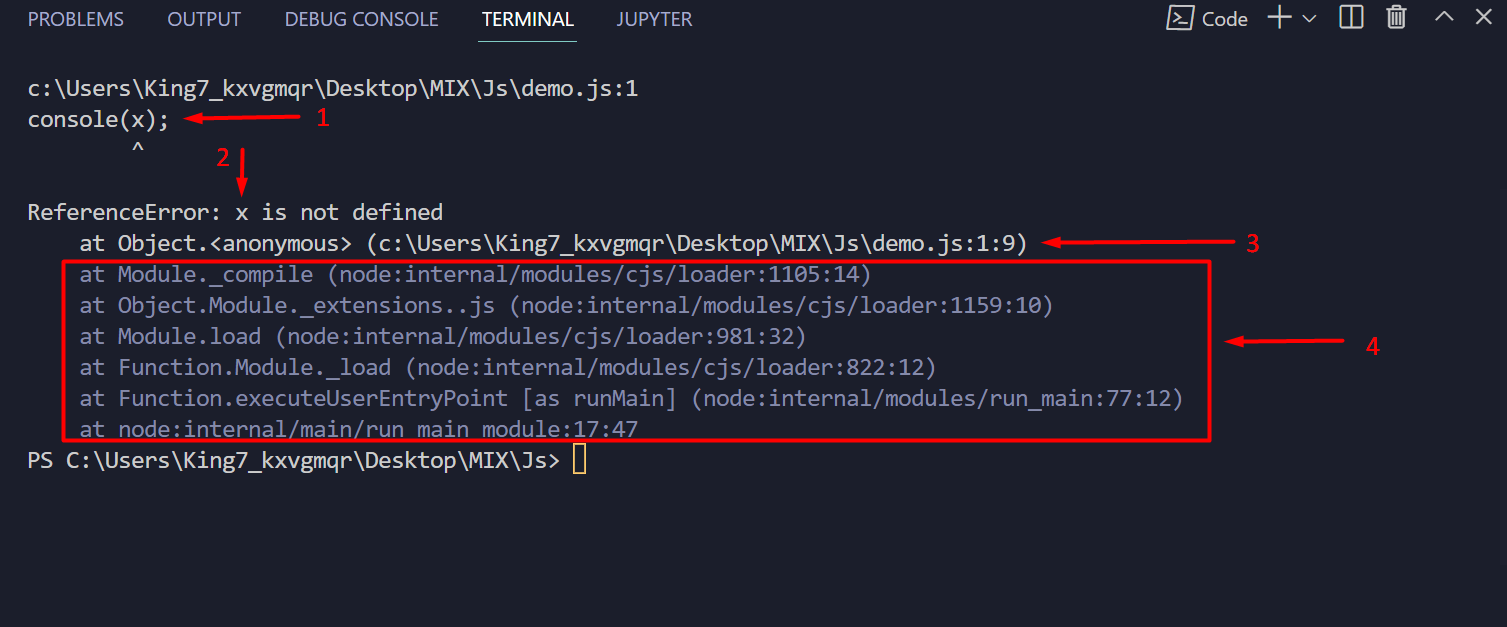
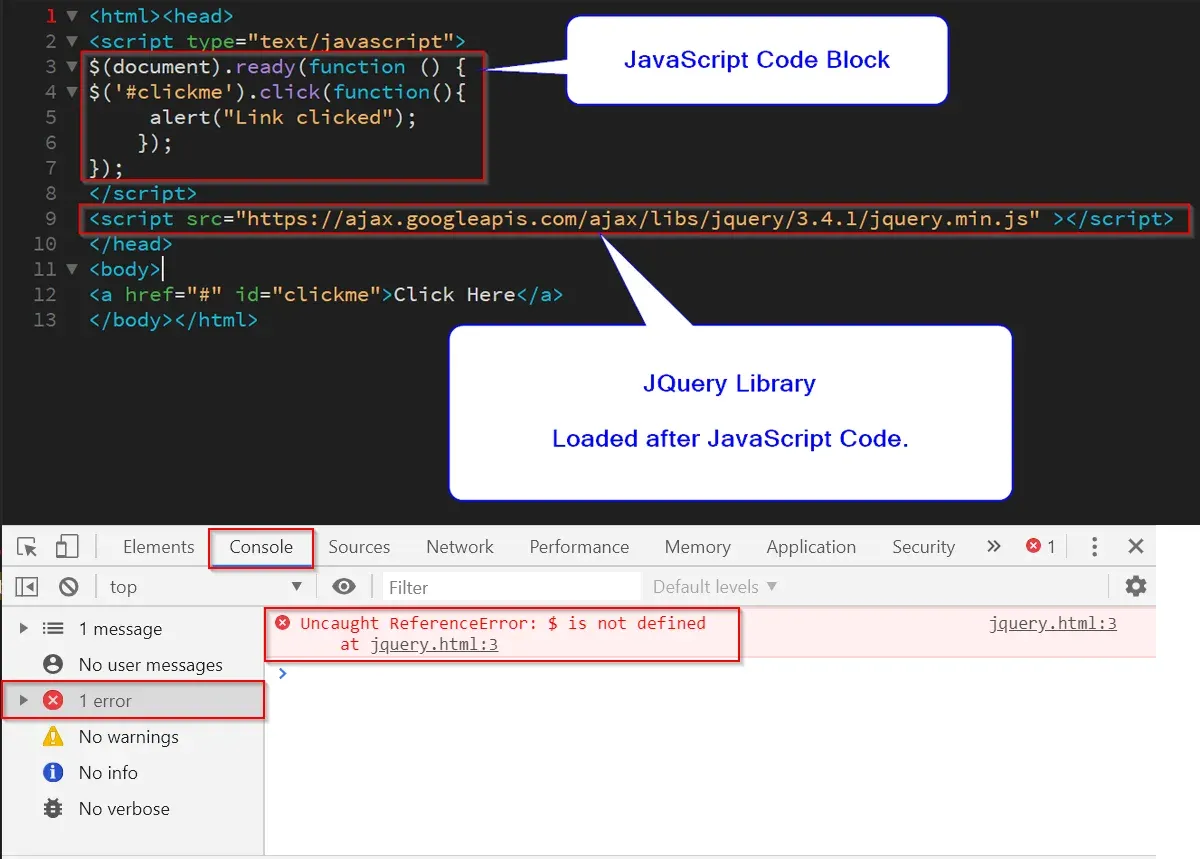




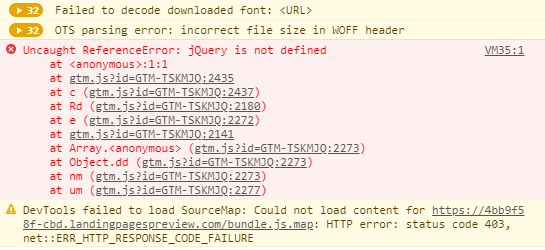

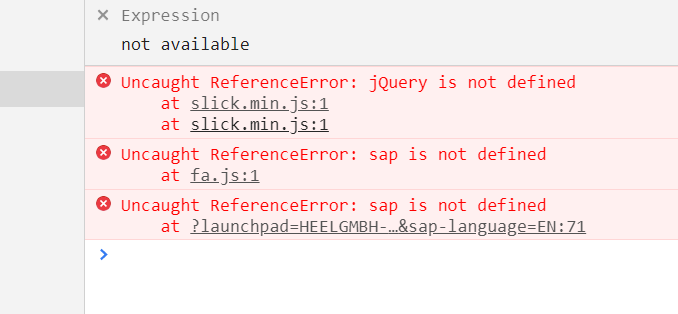



![Solved] Uncaught ReferenceError: web is not defined Error in SharePoint Online JSOM - SPGuides Solved] Uncaught Referenceerror: Web Is Not Defined Error In Sharepoint Online Jsom - Spguides](https://i0.wp.com/www.spguides.com/wp-content/uploads/2019/03/Uncaught-ReferenceError-web-is-not-defined.png)





![Referenceerror: xmlhttprequest is not defined [SOLVED] Referenceerror: Xmlhttprequest Is Not Defined [Solved]](https://itsourcecode.com/wp-content/uploads/2023/05/referenceerror-xmlhttprequest-is-not-defined.png)






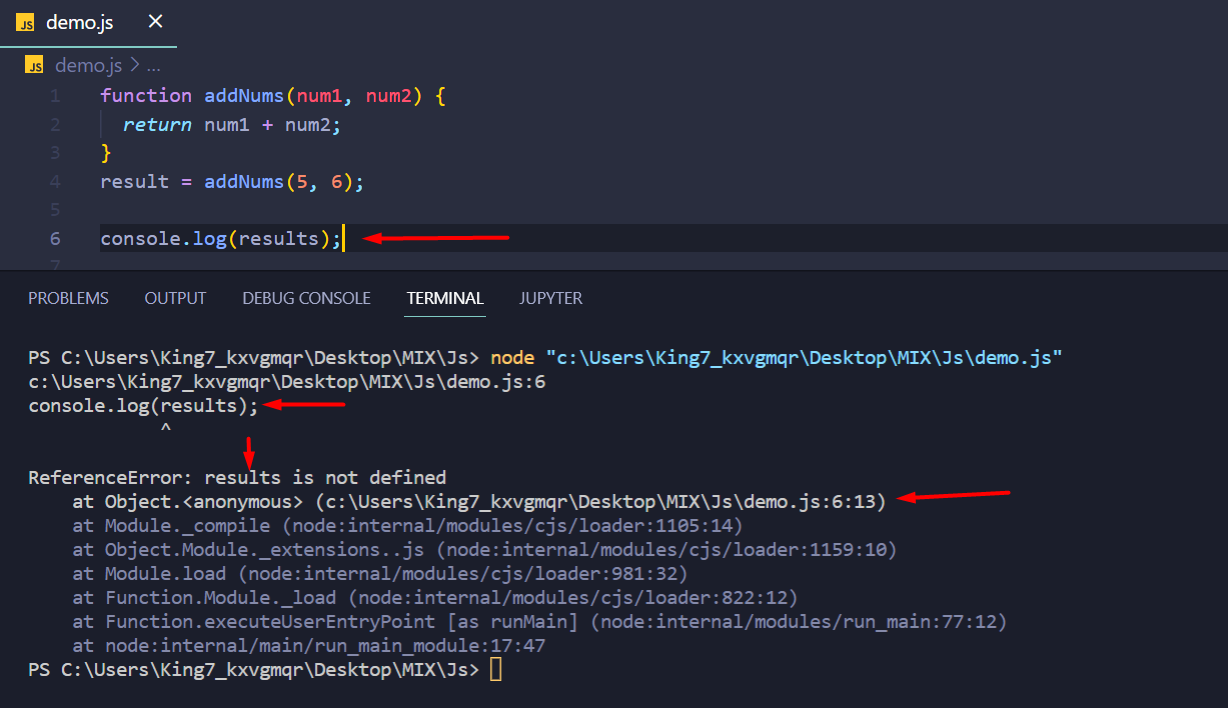






![ReferenceError: process is not defined error [Solved] | bobbyhadz Referenceerror: Process Is Not Defined Error [Solved] | Bobbyhadz](https://bobbyhadz.com/images/blog/react-referenceerror-process-not-defined/uncaught-referenceerror-process-is-not-defined.webp)












Article link: referenceerror: location is not defined.
Learn more about the topic referenceerror: location is not defined.
- location is not defined error in react + next js? – Stack Overflow
- Next.js 13 – ReferenceError: location is not defined : r/nextjs
- [Solved]-location is not defined error in react + next js?-Reactjs
- How to Fix ReferenceError: Event is Not Defined in JavaScript – Rollbar
- ReferenceError – JavaScript – MDN Web Docs
- JavaScript Function Not Defined Error (BUT IT IS DEFINED) – Linux Hint
- What is undefined vs not defined in JavaScript? – Educative.io
- Angular Universal: ReferenceError: window is not defined
- How to solve Next.js window is not defined – Benevolent Bytes
- ReferenceError: “x” is not defined – JavaScript – MDN Web Docs
See more: https://nhanvietluanvan.com/luat-hoc